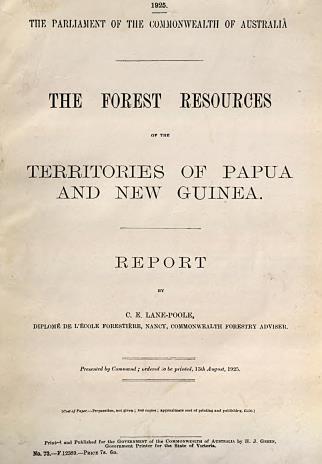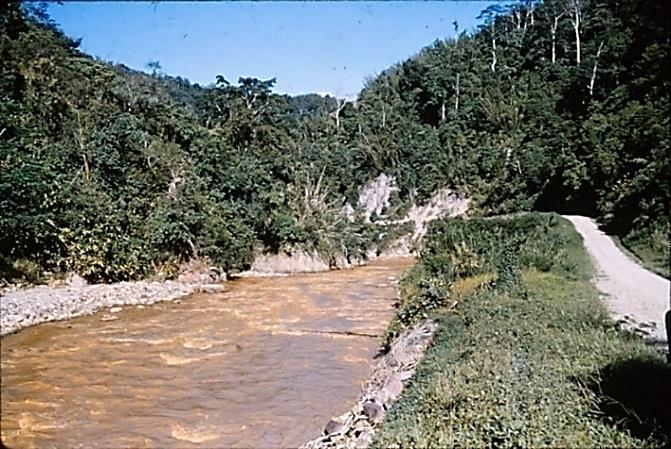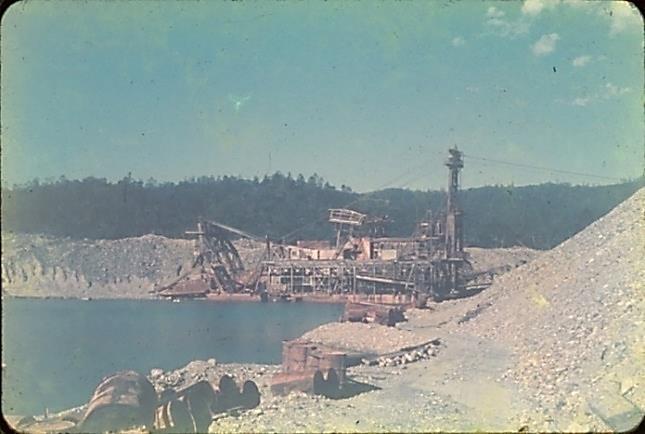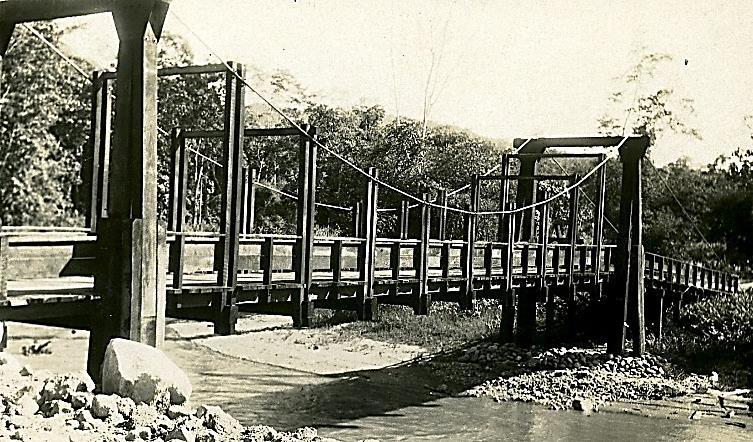
4 minute read
The Influence of Lane Poole
from PNGAF MAGAZINE ISSUE # 9B-5B4H3 of 24th June 2022. Eminent TPNG Forester Des Harries.
by rbmccarthy
The Influence of Lane Poole19 The work in the 1920’s by C.E. Lane Poole (Ref. 2) initially carried out for the Administration of the Territory of Papua, then for Administration of the Mandated Territory of New Guinea, was a significant landmark for forestry in this country. Its primary objective was to locate and evaluate forest resources which could form the basis of profitable export-oriented businesses. In this he was unsuccessful, although he recognized potential for paper making and minor forest products. In 1923 and 1924, Charles Lane Poole completed a survey of Papua and New Guinea and recommended the establishment of a forest service.
By the time a forerunner to a forest service was established in 1938, with the appointment of J B McAdam and J Cavanaugh, several Europeans had commenced sawmilling operations. These operations serviced the domestic market in addition to copra plantation owners in the Islands Region exporting logs and processed timber to the American veneer market.
Advertisement
Charles Lane Poole at Madang, 1924, showing the remains of a radio damaged in the raid at Kohu. Note his gaunt appearance after the rigours of his expedition to Mt Otto. Source: C. E. Lane Poole, Forest Resources (1925), facing p. 198, courtesy of the National Archives of Australia.
At the time of his project, the discoveries of the Wau/Bulolo goldfields were just being made. Although he must have heard of the presence of the stands of Araucaria associated with the goldfields, he did not on this occasion get to see them. Their presence there tied into his discovery of the conifer belt at this altitude, and he had seen examples of these forests in other areas. (Note 2).
River of mud. The Bulolo River below Koranga Creek gold sluicing, 1960. Photo Credit Des Harries.
In fact, the mining operations at Wau which commenced in about 1922 had created a demand for sawn timber. With its isolation, the goldmines at Wau needed local timber supplies. These were readily available on site, and free, as their harvesting would have been effectively a non-issue for the Administration of the Mandated Territory.
The Administration was certainly mindful of the value of royalty payments on extracted mineral resources. Yet the matter of land tenure seems to have remained a non-issue. If

19 Cover page C E Lane Poole 1925 Report on Forest Resources of the Territories of Papua and New Guinea Government Printer Melbourne 209 pp.
considered at all it is likely to have been placed in the ‘too hard basket.’ Only in recent years has this legality been addressed, and compensation paid to the landowners.
The gold miners, including Mrs. Doris Booth OBE, were aware of the valuable timber resources. In her 1929 biography, Mrs. Doris Booth described the stands in the Bulolo valley with some enthusiasm. She suggested that after the gold mining ceased, they could utilize the valuable timber in the area. (Ref. 4) As it happened however, most of the best stands of Red Cedar were destroyed to make way for the gold dredging.
Gold dredge at Bulolo, 1960. Photo Credit Des Harries.
The scale of gold extraction had accelerated during the 1930s, and access improved with the development of air transport between Lae, Wau and Bulolo in particular. Lane-Poole, then Inspector-General for Forests for the Commonwealth, was asked in 1935 to further investigate timber industry potential in the area for the Mandated Territory Administration, based in Rabaul. (Ref. 3).

Lane Poole20 in his report on the forests of the goldfields of Bulolo Wau in 1935 stated: that the only asset that he could see to replace the wasting product gold, was timber. The region is purely a forest one, and its climate is decidedly a forest climate – in short it is proven forest country.
In contrast to the emphasis placed on industry use – values by miners and government officials in the mining office, government forestry officials emphasized the potential for an industry and the wastefulness of the mining community.
In his 1935 survey of timber in the Morobe goldfields, Lane Poole was concerned with value of timber and overly critical that the timber was not being used appropriately by mining companies. For example, cedar was used as an all-purpose resource when durability was necessary. He quoted the use of cedar for a water race when the cedar would have been put better to use in the production of fine cabinetry.
Evan Shield demonstrated this point with a photograph below of a bridge made from cedar21 over the Bulolo River above the confluence with the Watut River before World War 2.

20 Lane Poole, C.E., 1935. ‘Report on the Forests of the Goldfields of New Guinea: Together with Recommendations Regarding a Forest Policy for the Whole Territory.’ Unpublished TS, 1935. NAA. 21 Evan Shield Personal Comm 21/4/2020 “the misuse of timber species referred to by Lane Poole in 1935”. 10








